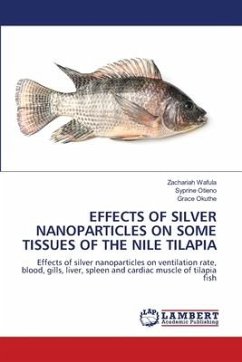The structure of the gills of the Amazonian fish Arapaima gigas, an obligate air breather, was analyzed during the transition to obligatory air breathing and the data obtained were related to its breathing mode. Gills from specimens with body mass between 2g and 5000g were collected, fixed and processed for morphometric, histochemical, immunohistochemical, transmission and scanning electron microscopy analyzes (fractional area of chloride cells - AFCC and density). In the initial stages of development of the species, the gill structure is similar to that of obligate aquatic breathers, but profound changes occur as the animal grows, influencing respiration and ionic exchange. The lamellae maintain their organizational structure, including the circulation of erythrocytes, but they become vestigial in animals from 1000g onwards, remaining partially immersed in the filament epithelium. The main cell types that make up the branchial epithelium are chloride cells (CCs), mucous cells (MCs) and squamous cells (PCs). CPs have an irregular shape and microfolds randomly arranged on the cell surface.
Bitte wählen Sie Ihr Anliegen aus.
Rechnungen
Retourenschein anfordern
Bestellstatus
Storno








